Hallux Ridgidus - Causes and Treatment
Hallux Rigidus: A Podiatrist’s Perspective
Hallux rigidus, a form of degenerative arthritis affecting the big toe joint (metatarsophalangeal joint), is a common yet often misunderstood condition that causes pain, stiffness, and reduced range of motion in the big toe. It is a progressive condition where the cartilage in the big toe joint wears down over time, leading to inflammation, bone spurs, and eventual rigidity in the joint.
As a podiatrist, I see many patients with hallux rigidus, and early diagnosis and intervention are crucial for managing symptoms, slowing the progression, and avoiding more invasive treatments.
What Causes Hallux Rigidus?
Hallux rigidus develops due to wear and tear on the big toe joint. Over time, repetitive stress and mechanical issues in the foot can damage the joint’s cartilage, leading to stiffness and limited movement. The main contributing factors include:
Biomechanical Abnormalities Structural issues such as flat feet, excessive pronation, or abnormal toe alignment can cause abnormal pressure on the big toe joint, accelerating wear and tear.
Injury or TraumaPrevious injuries to the big toe joint, such as sprains, fractures, or stubbing injuries, can weaken the joint and predispose it to arthritis.
GeneticsA family history of hallux rigidus or other foot conditions can increase the risk of developing this condition, as certain foot types are hereditary.
Repetitive StressPeople who engage in activities that place repetitive stress on the big toe joint, such as running, hiking, or sports with frequent toe-off motion, are at higher risk.
Arthritic ConditionsHallux rigidus can also result from generalized arthritis, particularly osteoarthritis, which causes cartilage to break down and reduces joint flexibility.
Symptoms of Hallux Rigidus
Symptoms of hallux rigidus usually start mild but worsen as the condition progresses. These include:
Pain and StiffnessPain and stiffness are often felt at the top of the big toe joint, especially during activities that involve bending the toe, like walking, running, or climbing stairs.
Reduced Range of MotionAs arthritis progresses, the range of motion in the big toe becomes limited, and eventually, it may be difficult or impossible to bend the toe.
Swelling and InflammationThe joint may become swollen, red, and tender, particularly after periods of activity.
Bone SpursBone spurs (osteophytes) can develop around the joint, which not only limits movement but may also create a visible bump on the top of the toe. These can cause additional pain, especially in tight shoes.
Pain in Adjacent AreasBecause hallux rigidus limits movement in the big toe, patients often change their gait, leading to pain in other areas of the foot, knee, hip, or lower back due to compensatory movements.
Diagnosing Hallux Rigidus
Diagnosing hallux rigidus begins with a physical examination of the foot. As a podiatrist, I assess the range of motion in the big toe joint and look for tenderness, swelling, or bone spurs around the joint. I may perform a few tests and imaging studies to confirm the diagnosis:
X-RaysX-rays are essential for assessing the level of joint damage, the presence of bone spurs, and the stage of arthritis. They help visualize cartilage loss and reveal any bony abnormalities.
Range of Motion TestMeasuring the degree of motion in the big toe joint can help determine how much the arthritis has restricted the joint. This test is helpful in assessing progression.
Treatment Options for Hallux Rigidus
The main goals of treating hallux rigidus are to alleviate pain, improve joint function, and slow the progression of arthritis. Depending on the stage of the condition, treatment may include conservative methods or, in severe cases, surgical intervention.
We recommend the use of the OS1st Turf Toe Brace with provides relief for Hallux Ridgidus/Hullux Limitus. The splint creates a dynamic springboard action under the big toe joint or first metatarsal using the tension band concept to distribute force across the length of the entire metatarsal instead of directly on the joint during the toe-off segment of walking or running (propulsion).
Conservative Treatments
Footwear Modification: Wearing shoes with a wide toe box and stiff soles can help reduce pressure on the big toe joint. Avoiding high heels and opting for shoes with rocker soles can also ease discomfort by limiting toe flexion.
Orthotics and Insoles: Orthotic inserts or insoles can redistribute pressure and provide support to the foot, which helps alleviate pain. Carbon fiber inserts, in particular, can reduce motion in the big toe joint while walking, limiting strain.
Activity Modification: Avoiding activities that aggravate symptoms, such as running or activities with excessive toe bending, can help manage pain. Low-impact activities like swimming or cycling are good alternatives for exercise.
Ice Therapy: Applying ice to the joint for 10-15 minutes several times a day, especially after activity, can help reduce inflammation and relieve pain.
Physical Therapy: Physical therapy exercises may include stretching and strengthening the foot and ankle muscles. Although movement is limited in the affected joint, improving strength and flexibility in surrounding areas can provide support.
Corticosteroid Injections: In cases with significant pain and inflammation, a corticosteroid injection directly into the joint can offer temporary relief. However, this is typically reserved for patients who haven’t responded to other treatments, as repeated injections may weaken joint tissues.
Surgical Treatments
If conservative treatments do not provide sufficient relief, surgery may be recommended. Surgical options vary based on the severity of the condition and the patient’s lifestyle needs.
Preventing Hallux Rigidus
While not all cases of hallux rigidus can be prevented, there are ways to reduce the risk and minimise symptoms:
Wear Supportive Shoes: Choosing shoes with a wide toe box, low heel, and a stiff sole can help avoid excessive stress on the big toe joint.
Use Custom Orthotics if Necessary: For people with foot structure abnormalities, custom orthotics can support proper alignment and reduce pressure on the big toe joint.
Strengthen and Stretch: Strengthening and stretching exercises, particularly for the calf and foot muscles, can help reduce joint strain and improve biomechanics.
Avoid High-Impact Activities: For those at risk, reducing activities that put excessive pressure on the big toe joint, such as running on hard surfaces, may help prevent joint wear.
Frequently Asked Questions (FAQs)
1. Does hallux rigidus get worse over time?
Yes, hallux rigidus is a progressive condition. Without intervention, it may worsen, with increasing stiffness, pain, and limited range of motion. Early treatment and lifestyle changes can slow its progression.
2. Can hallux rigidus be treated without surgery?
Many cases can be managed conservatively through footwear modification, orthotics, physical therapy, and anti-inflammatory treatments. Surgery is generally a last resort when pain or functional limitations significantly impact quality of life.
3. Can I still exercise with hallux rigidus?
Yes, but modifying exercises to avoid excessive toe bending is important. Low-impact activities like swimming, cycling, or rowing may allow you to stay active without exacerbating symptoms.
4. What’s the difference between hallux rigidus and hallux valgus?
Hallux rigidus is arthritis of the big toe joint, leading to stiffness, while hallux valgus (commonly called a bunion) is a misalignment of the big toe, causing it to angle toward the second toe. Both conditions can cause discomfort but are distinct in nature and treatment.
Hallux rigidus can be a painful and limiting condition, but with early intervention and proper treatment, most patients can manage symptoms effectively and maintain an active lifestyle. By addressing it early, modifying footwear, and pursuing conservative treatments, patients can reduce discomfort and improve foot function.


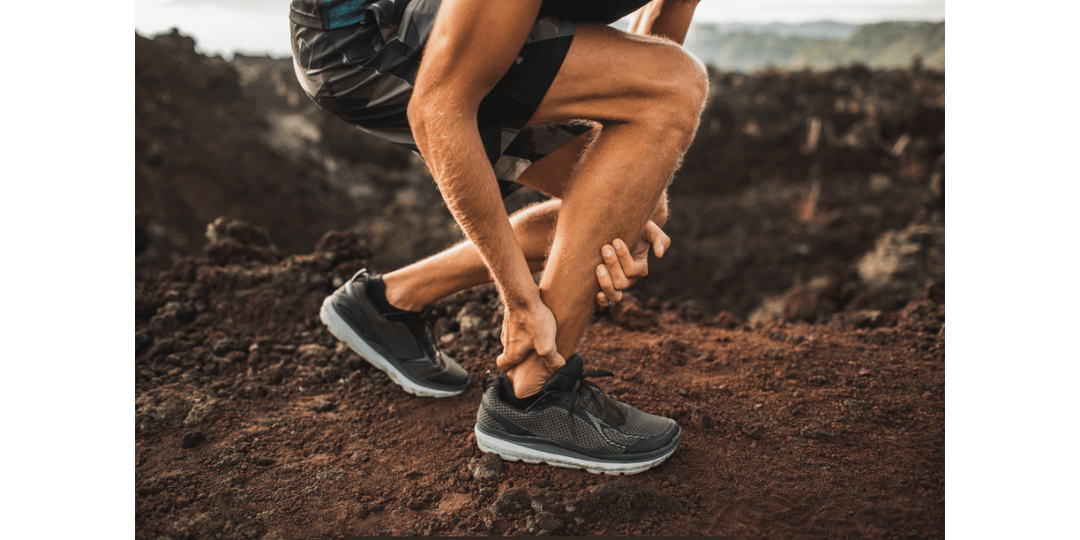
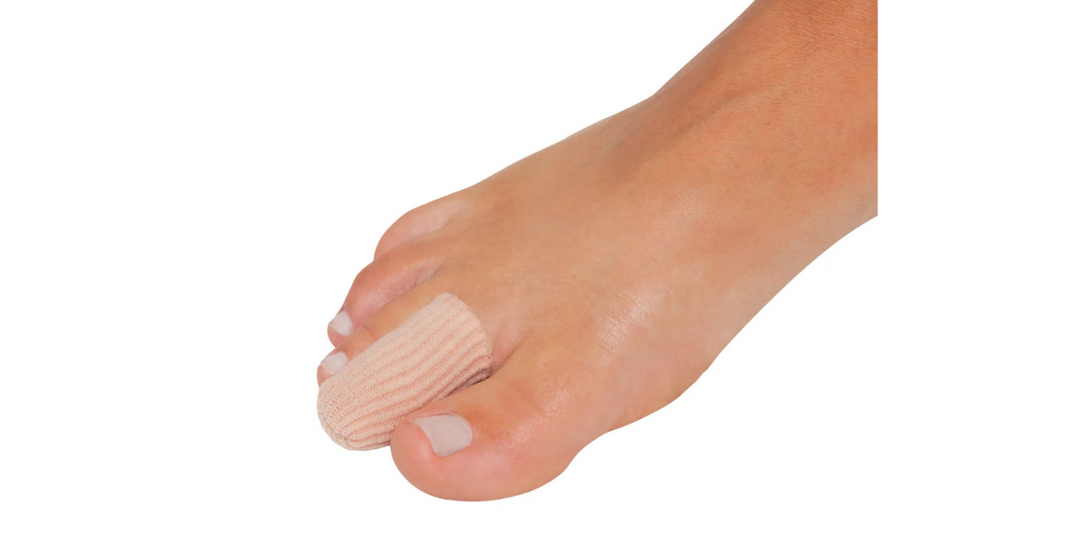
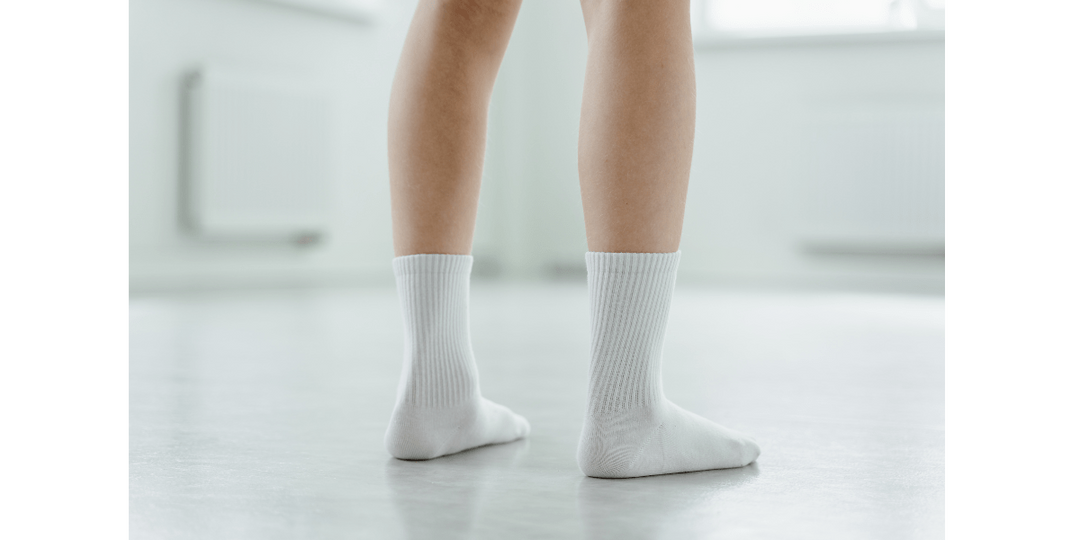
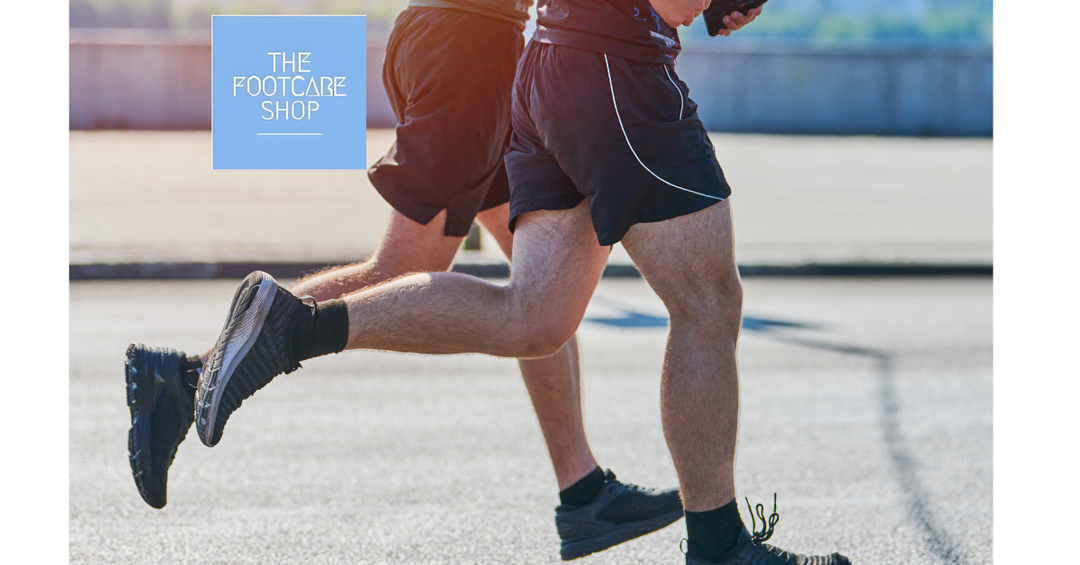
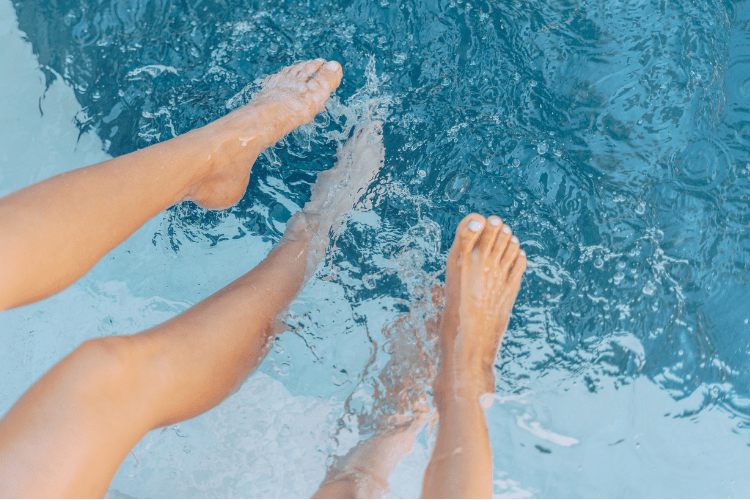


Leave a comment